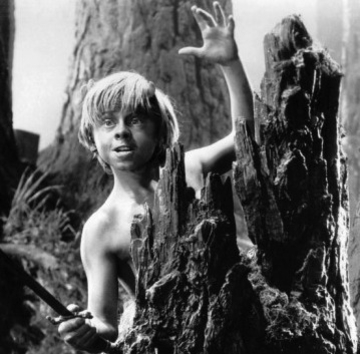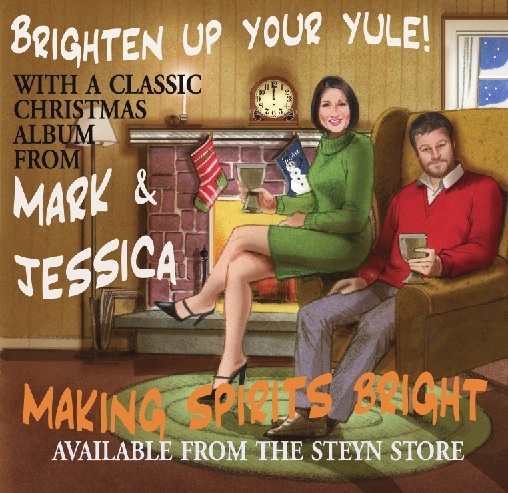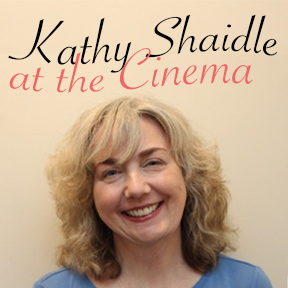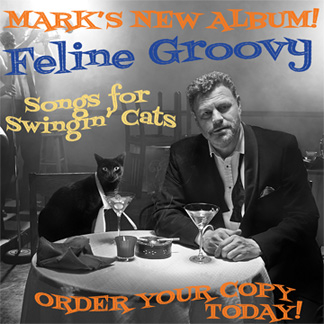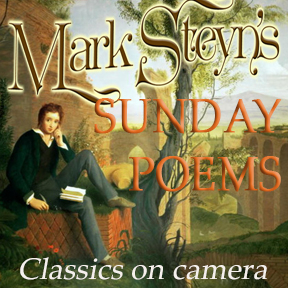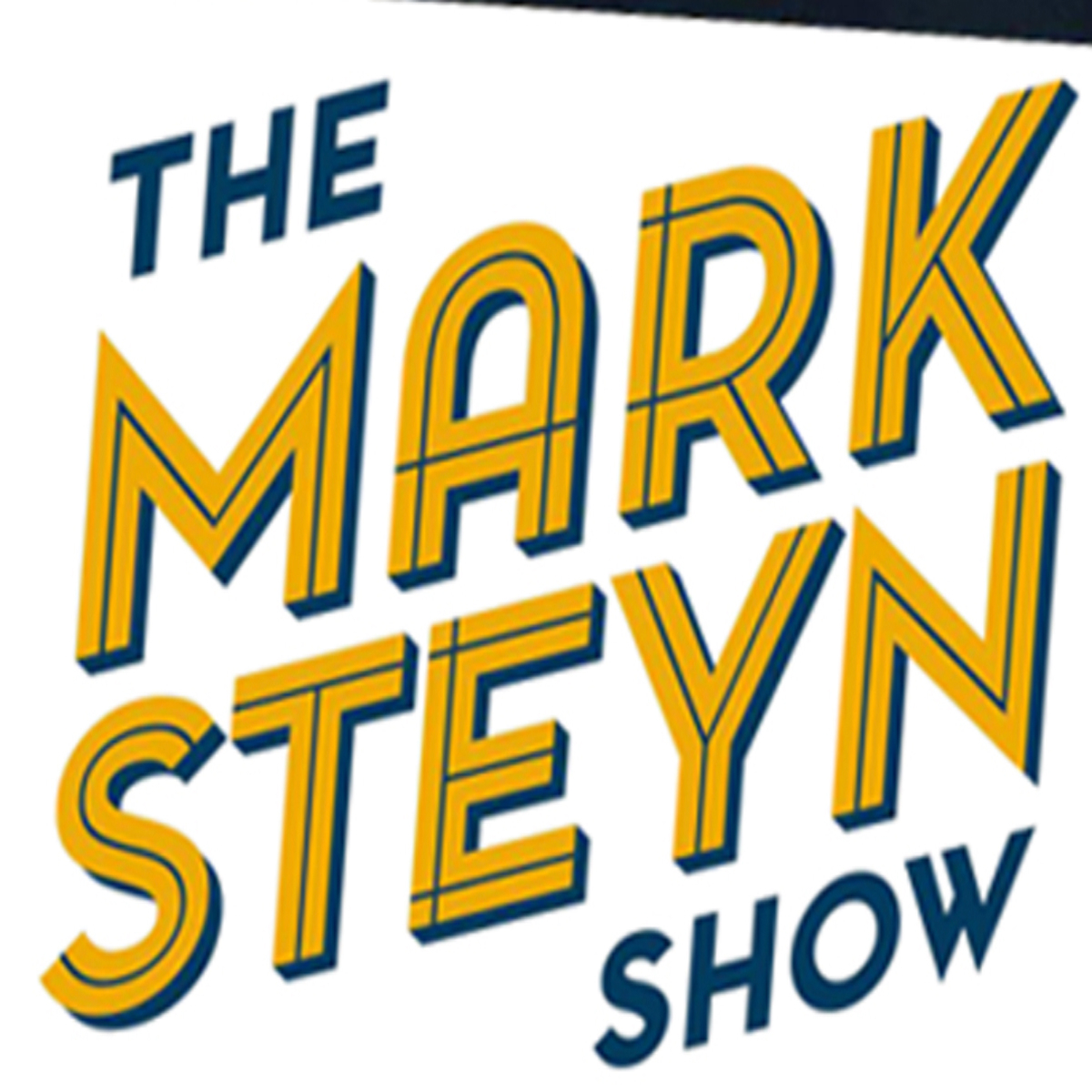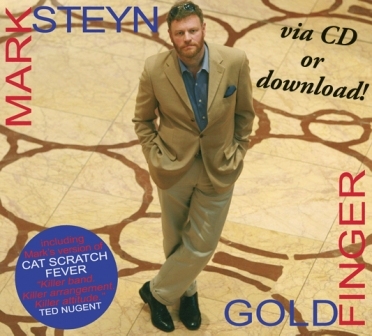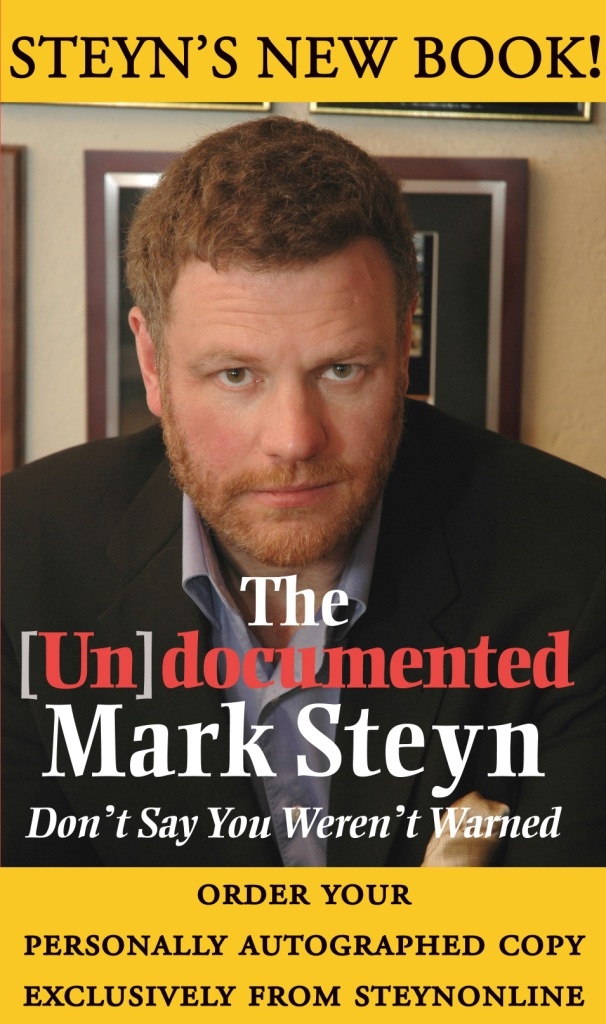 What's the connection between Frank Sinatra and Mickey Rooney?
What's the connection between Frank Sinatra and Mickey Rooney?
Oh, that's easy. They were both married to Ava Gardner.
What's the connection between Frank Sinatra and William Shakespeare?
Hmm, well, lemme see... Sinatra and Billy May made a marvelous record of "Falling In Love With Love", introduced by Muriel Angelus in the Broadway show The Boys from Syracuse, which was Rodgers & Hart and George Abbott's version of the Bard's Comedy of Errors. And Frank produced an entire album devoted to Kiss Me, Kate, which is Cole Porter's play-within-a-play take on The Taming of the Shrew. And he recorded Hamlet's soliloquy. Well, okay, just one line of it:
We
Might have been meant for each other
To be
Or not to be
Let our hearts discover...
That's Harold Arlen and Ted Koehler's "Let's Fall In Love". Johnny Mandel's exhilarating arrangement for Sinatra's first Reprise album in 1960 actually opens with that middle section before going into the introductory verse and then the main theme. But, terrific as the record is, the song itself is always disfigured for me by Ted Koehler's lazily impure rhyme of "other" and "discover". I like the way Peggy Lee, on her own recording, cleans it up, via another Shakespearean allusion:
We
Know all the world loves a lover
To be
Or not to be
Let our hearts discover...
At any rate, there's no shortage of connections between Frank Sinatra and William Shakespeare. So let's combine the questions: What's the connection between Frank Sinatra, Mickey Rooney and William Shakespeare?
Well, in 1935, somebody at Warner Brothers had the idea of making a film of A Midsummer Night's Dream and sticking all their biggest stars in it: Dick Powell as Lysander, Olivia de Havilland as Hermia, Joe E Brown as Flute, Jimmy Cagney as Bottom, and a 15-year old Mickey Rooney as Puck. It fell to various composers loafing around the Warners lot to supply the incidental score, and so Hoagy Carmichael found himself dashing off a bit of background music for one of Mickey Rooney's scenes. Carmichael is the composer of our Sinatra song #8 "Stardust", and he doesn't seem the obvious go-to guy for Shakespearean background music. Still, he turned in a pretty nice tune - until some fellow in the Warners front office discovered that a fellow called Mendelssohn had already written a ton of music for A Midsummer Night's Dream, and it might lend the whole project a touch of class. Also, he'd died in 1847, so it wouldn't cost them anything, and the guy wouldn't be too picky about how they used it. So out went Hoagy's tune, and in went Felix's.
A couple of years fly by, and Carmichael moves on from Warner Bros to Paramount, and has a movie hit with Frank Loesser on "Two Sleepy People", for Bob Hope and Shirley Ross. And then he hooks up with a lyricist called Ned Washington, and he remembers that theme he'd written for Mickey Rooney as Puck that he's had lying in the bottom drawer of his desk all this time. And Ned Washington likes the melody, and sits down and writes:
It's not the pale moon that excites me
That thrills and delights me
Oh, no
It's just The Nearness Of You...
I love Hoagy Carmichael's music, but after a while you begin to notice something about his catalogue: he wrote songs about birds ("Skylark"), states ("Georgia On My Mind"), rivers ("Up A Lazy..."), sloth ("Lazybones") and British colonies ("Hong Kong Blues"), but not a lot of straightforward love songs. Even the blockbuster "Stardust" is really a song about a love song - "a memory of love's refrain" - rather than a love song per se.
Likewise, Ned Washington. He wrote the lyrics for Dumbo and Pinocchio, including Disney's signature song, "When You Wish Upon A Star"; and he wrote a lot of big movie themes - for Green Dolphin Street, High Noon, A Town Without Pity. Merciless municipalities were his bread and butter. But again: as with Hoagy, not a lot of on-the-nose love songs. And yet out of the blue, and just the once, Carmichael and Washington came together to write the most unabashedly romantic ballad in either man's oeuvre. It's very simply structured. The main strain tells you all the things that don't excite and thrill and delight, and then lets you in on what does:
It isn't your sweet conversation
That brings this sensation
Oh, no
It's just The Nearness Of You...
The phrase looks a little odd in print, laid out cold on the page. But, set to Hoagy's notes, it seems like the most natural thought in the world, and very romantic. Alec Wilder called the song "simple and unclever. Its line is sensuous without being sensual." As Sinatra's pal Jule Styne always used to say, it's easy to be clever but much harder to be simple. "It's the sort of song," wrote Wilder, "that an academic musical mind would sneer at, yet it is a very tender, forthright expression of the romantic world." "Forthright" is right. The middle section is very direct in its words and music, yet flowing and lyrical:
When I'm in your arms
And I feel you so close to me
All my wildest dreams come true...
Hard to believe Hoagy Carmichael got that melodically rhapsodic over Mickey Rooney. But apparently so. I would love to know which of the two writers came up with the title. Because, by comparison with the thrilling intervals of "Skylark" or the vaudevillian bravura of "Cool, Cool, Cool Of The Evening" or the bluesy wail of "Georgia", it's a very intimate tune - it sounds, so to speak, nearer than the others. Perhaps Carmichael knew that even when he was thinking of Puck and Shakespeare. Or perhaps he didn't grasp it until Ned Washington said, "Hey, how about this for a title..?"
Reborn as "The Nearness Of You", the tune was scheduled for a picture called Romance In The Rough. But the movie never got made, and the song went back in the drawer for another stretch until Sid Kornheiser of Paramount's music department started pushing it in New York. When Billboard published their first ever pop chart on July 20th 1940, the very first Number One was Sinatra and Tommy Dorsey with "I'll Never Smile Again", but a little further down the rankings there at last was the dropped Puck theme: "The Nearness Of You", as recorded by Glenn Miller and his Orchestra.
Frank happened to be on the radio that night of July 20th, live on NBC with the Tommy Dorsey orchestra at the Astor Hotel in New York. For whatever reason, Dorsey chose not to do their brand new Number One, "I'll Never Smile Again", but instead had his boy vocalist take a crack at Glenn Miller's hit, "The Nearness Of You".
It was a slow-burn standard, but it picked up: "Lately," noted Hoagy Carmichael, "'The Nearness Of You' has been giving 'Stardust' a run for its money." Sinatra played his part in that, choosing to revive the song in 1947, when nobody was singing it. By the time he returned for a second shot at the song in 1960, everybody was singing it. It would be nice to think that Frank's Columbia recording established the number, but it seems the record that made the difference was Bob Manning's treacly treatment with Monty Kelly (of 101 Strings) in 1953. Within three years of Mr Manning's concentrated saccharine, Chet Baker, Gerry Mulligan, Stan Getz, Ella and Louis, Lionel Hampton and Gene Krupa had all recorded the song, and made it a standard.
Sinatra's later version of "The Nearness Of You" was supposed to be the title track for an album of classic ballads arranged by Nelson Riddle. But then Lew Spence and Alan and Marilyn Bergman presented Frank with a new number: "Nice'n'Easy." And, even though it wasn't entirely simpatico with the other tracks, Capitol decided to make that the title song, and ditch "The Nearness Of You" entirely. It surfaced in 1962 on a ragbag compilation called Sinatra Sings of Love and Things, and wasn't restored to its rightful place with the Nice'n'Easy tracks until the CD era. Yet there it is on the new centennial Ultimate Sinatra collection, selected as one of one hundred tracks encompassing the entirety of Frank's career.
As with "Stardust", I sometimes wish the two Sinatra versions could be combined into one ultimate "Nearness of You". In a strange way, Axel Stordahl's 1947 arrangement and Nelson Riddle's 1960 chart are the precise inversion of each other. Stordahl starts with one of his characteristic orchestral introductions - string writing of almost classical beauty, overlaid by a flute. And then Frank enters. On the Riddle arrangement, Frank starts cold:
It's not the pale moon that excites me...
There's nothing under him until "pale moon", at which point Bill Miller's piano comes in. And for the first eight bars that's it: Sinatra, Miller and a "Nearness of You" that's nearer and up closer than it's ever got. And then at the end of that first title phrase Riddle throws in a little rhythmic vamp - like Stordhal's legato intro, it's flute-driven, by the great Harry Klee. Both Riddle and Stordahl were musically fecund, and hardly ever just scored a song without adding new melodic material in the form of intros and fills and codas and counter-melodies. On the 1960 chart, Riddle introduces a new string line during the second eight, and another at the end, and another in the middle section. And, although Sinatra's vocal is direct and unaffected, what's going on underneath starts to sound a little busier than it ought to be.
Stordahl goes the opposite route. After the big intro, he draws his forces back, and you're aware of Frank's voice against the guitar, flute and other individual instruments. And he does something quite beautiful in the middle section, taking out the rhythm section entirely for the full eight bars so that, in the intimacy of the suspended pulse, Sinatra and the song seem to have moved even nearer.
Which is the right way to do "The Nearness of You"? Either. Both. I love Stordahl's intro, but I like Frank opening cold, too. On balance, I prefer Sinatra's mature vocal with Riddle on the 1960 chart, but I wonder what it would sound like against the more sensitive Stordahl arrangement. Perhaps in some celestial recording studio Frank, Ax and Nelson have worked it all out.
Everybody sings it now, but the trick is to keep it simple and unaffected. Nat Cole and Rosie Clooney and Hoagy's fellow composer Cy Coleman do it very nicely, and Julie London's and Johnny Hartman's are a pair of surefire bearskin-rug recordings. And a few years ago something odd happened: "The Nearness Of You" became one of those select Golden Age standards to do better with the rock and post-rock crowd than it had ever done in the heyday of the American songbook. The ladies love it - Sheena Easton, Crystal Gayle, Diana Krall, and, of course, Norah Jones on her breakout album, Come Away With Me, which sold 20 million copies and presumably means there are a lot of people who hear the Sinatra/Riddle track and wonder who the guy lousing up that Norah Jones song is. But the gents like it, too - James Brown and Rod Stewart, Michael Brecker and James Taylor, and even Keith Richards, who in his dotage has started performing it live at Rolling Stones gigs. He has a somewhat haphazard relationship with Hoagy's muscular melody, and God knows what Sir Mick makes of it, since his general opinion on the Great American Songbook is that it's all "crap". But in the second decade of the 21st century it's no bad thing to be the preferred ballad of every grizzled old rocker still working.
Sinatra sang other Hoagy Carmichael tunes, from "The Lamplighter's Serenade", one of his first solo recordings with Axel Stordahl in 1942, to "I Get Along Without You Very Well", whose Nelson Riddle chart Sinatra still sang in concert as late as the 1980s. He sang even more Ned Washington lyrics, from "(I Don't Stand) A Ghost of a Chance" in 1945, to the song that ended Sinatra's solo recording career: "My Foolish Heart", which Sinatra sang to a sexy, cookin' Billy May arrangement on June 6th 1988. It was the first song on the session and there was nothing wrong with his performance, but he wasn't happy with it. And, after a quick glance at the other tracks scheduled for that evening, he said to the band, "Good night, ladies and gentlemen. Thank you." And, within the exception of a Christmas charity single and the celebrity duets projects of the Nineties, Sinatra's 49-year solo recording career came to an end - with a Ned Washington lyric.
Still, Washington's only standard with Hoagy Carmichael is hard to beat, and we owe it all to the son of a glover from Snitterfield, Warwickshire: Will Shakespeare. Without Shakespeare, we wouldn't have had A Midsummer Night's Dream. And without A Midsummer Night's Dream, we wouldn't have had Mickey Rooney as Puck. And without Mickey Rooney as Puck, we wouldn't have had Hoagy Carmichael's tune. And without Hoagy Carmichael's tune, Ned Washington would never have written:
I need no soft lights to enchant me
If you'll only grant me
The right
To hold you ever so tight
And to feel in the night
The Nearness Of You.
I love that triple rhyme right at the climax, and young Blue Eyes in 1947 and his older self in 1960 both sing it beautifully. The nearness of Frank Sinatra, Ned Washington, Hoagy Carmichael, Mickey Rooney ...and William Shakespeare.
~For an alternative Sinatra Hot 100, the Pundette has launched her own Frank countdown. She's into the Top 60 now, but it all began with another Hoagy Carmichael song, at Number 100, "In The Cool, Cool, Cool Of The Evening". Bob Belvedere over at The Camp Of The Saints is also counting down his Top 100 Sinatra tracks, and he's up to Number 47, Jerome Kern and Dorothy Fields' "I Won't Dance".
~There's more Sinatra songs in Mark Steyn's American Songbook, and Steyn's original 1998 obituary of Sinatra, "The Voice", appears in the anthology Mark Steyn From Head To Toe. Personally autographed copies of both books are exclusively available from the Steyn store.
SINATRA CENTURY
at SteynOnline
6) THE ONE I LOVE (BELONGS TO SOMEBODY ELSE)
8) STARDUST
10) WHAT IS THIS THING CALLED LOVE?
11) CHICAGO
12) THE CONTINENTAL
13) ALL OF ME
15) NIGHT AND DAY
16) I WON'T DANCE
17) I'VE GOT YOU UNDER MY SKIN
19) EAST OF THE SUN (AND WEST OF THE MOON)
21) A FOGGY DAY (IN LONDON TOWN)
24) OUR LOVE
27) FOOLS RUSH IN
32) I'LL BE AROUND


